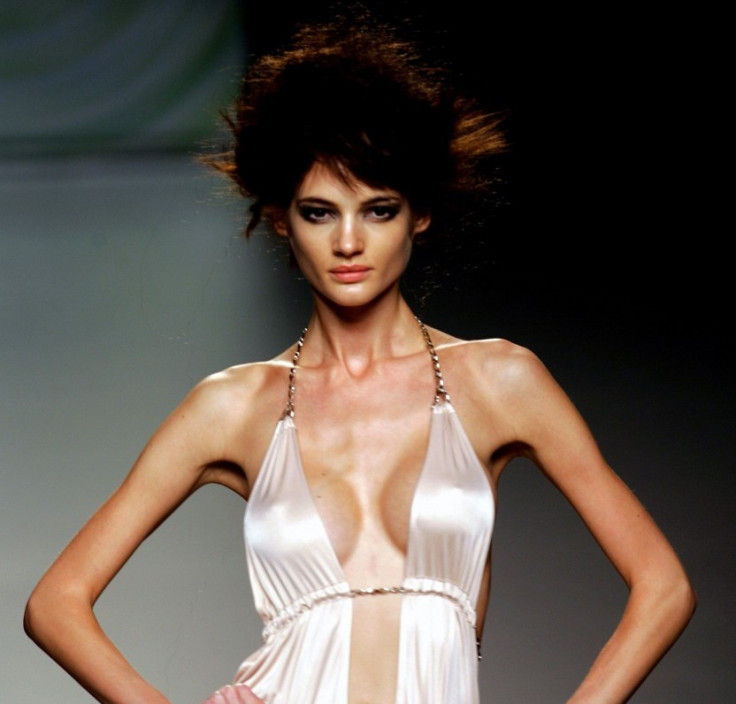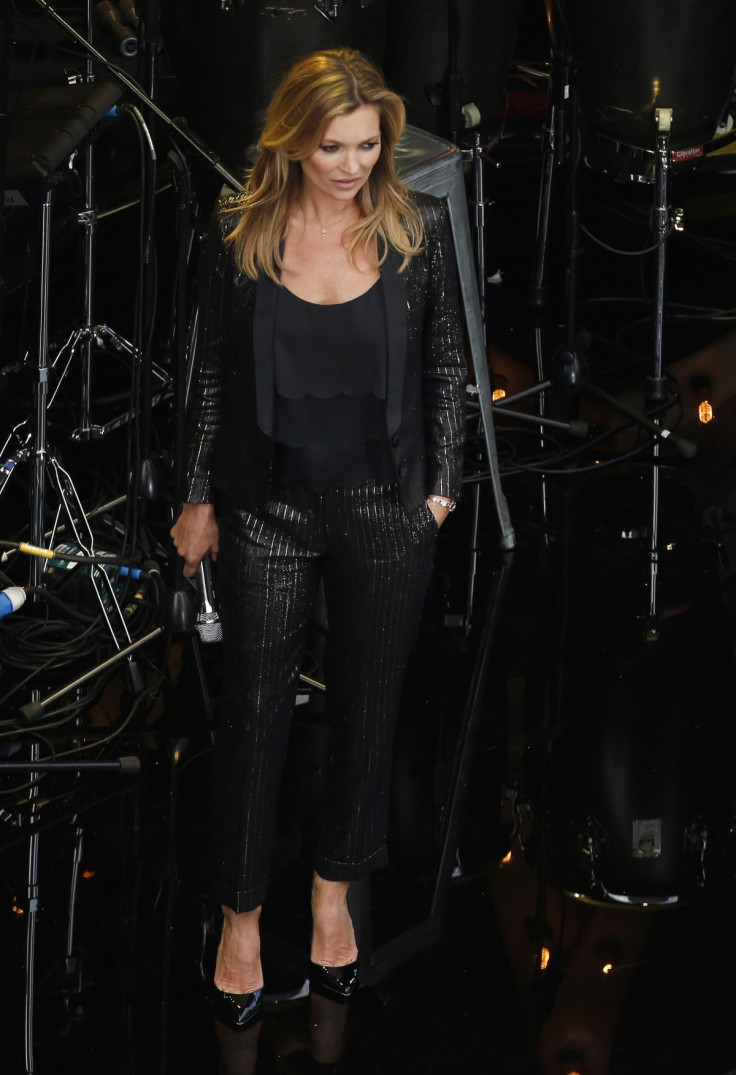France's plans to ban size zero models are noble - but pointless

Yesterday it was revealed that the French government was backing parliamentary proposals to prevent fashion agencies from employing super-skinny models. The proposals would reportedly punish anyone who employed emaciated girls with a maximum six-month prison term and a fine of up to £54,000.
These proposals are laudable in themselves. A crackdown on the employment of ultra-thin girls, a practice which glorifies an unhealthy and unrealistic body type while encouraging anorexia and body dysmorphic disorder, is long overdue.
Yet, sadly, the proposals are also pointless.
France may be renowned for its couture, yet in reality Paris is just one of several fashion nuclei dotted around the world. If we want to stamp out the glorification of malnutrition, all those countries which harbour a thriving fashion industry must follow suit.
And do you think they will? Do you think the Italian government would even consider the idea of jailing fashion executives, given that the country's fashion industry is worth over $60bn per year? Do you think the US government would want to get tough on New York designers, given that fashion accounts for almost a third of all manufacturing jobs in the city?
Of course they wouldn't. Fashion, despite its warped ethics and self-obsession, is a cornerstone of several national economies. Governments literally can't afford to kill this golden goose.
Fashion, despite its warped ethics and self-obsession, is a cornerstone of several national economies. Governments literally can't afford to kill this golden goose.
If we are going to see lasting change, an end to stick-thin models and all the societal ills they encourage, it needs to come from the industry itself. The industry has to want to change, and all the signs suggest it does not.
Look at the comments by Kate Moss, who said in 2009 that she lives by the motto: "Nothing tastes as good as skinny feels." Or revered designer Karl Lagerfeld, who once claimed that catwalk models are "not that skinny" and has criticised several celebrities for their looks and weight.
This sentiment is not restricted to the fashion elite. Last year New Zealand designer Denise L'Estrange-Corbet defended the use of mannequins with visible ribcages in an interview with local station TV One. She said that the promotion of the skeletal aesthetic was "nothing new", adding: "Let's face it, clothes look better on skinny people."

Sadly, these designers are only reflecting the views of a huge cross-section of society. We remain in thrall to the idea that a woman should be rail-thin, even though women 'blessed' with this appearance often look extremely unhealthy. Men brave enough to broach the subject often say they find a gaunt figure off-putting, yet still it has become the established ideal, fed by women's magazines the world over.
Indeed it would be trite to say that the women's publishing industry remains besotted with size zero girls. We all know this already; you only have to flick through the magazines in your local newsagent's to see that. The 'skinny vs curvy' debate is replayed on an endless loop, a super-thin woman juxtaposed with someone who is bigger, often overweight. If you believe what you read in women's magazines, the entire female population of earth must shoehorn itself into one of these two paradigms.
But what about the third paradigm? What about a healthy body, achieved through full, balanced meals and regular exercise? Surely this is the ideal, as it is perfectly attainable and is the product of a healthy, sustainable lifestyle.
But unfortunately the captains of the fashion industry disagree. They're happy to keep pumping out the idea that a skeletal body is something to be desired, supported by their minions in the publishing world. The actions of a single government, commendable though those actions might be, won't stop them.
© Copyright IBTimes 2025. All rights reserved.




















